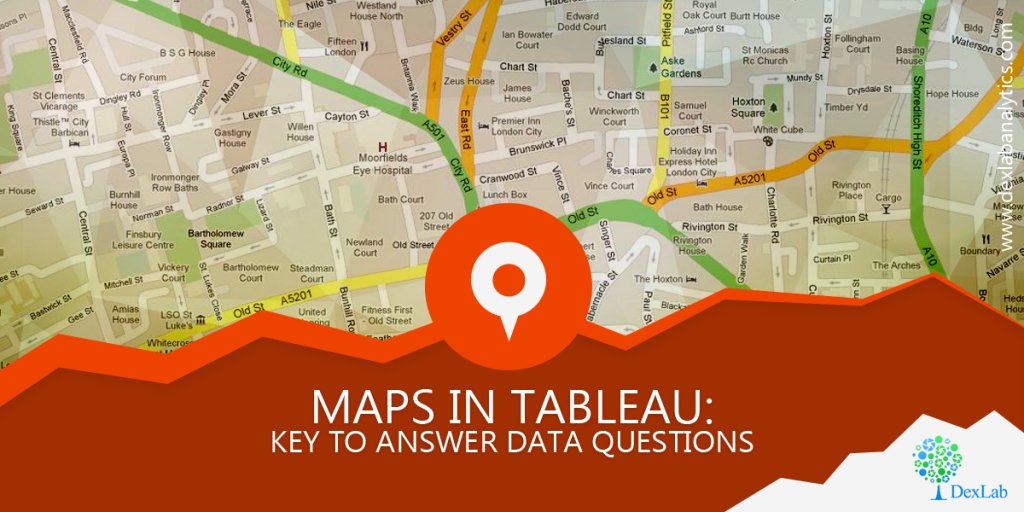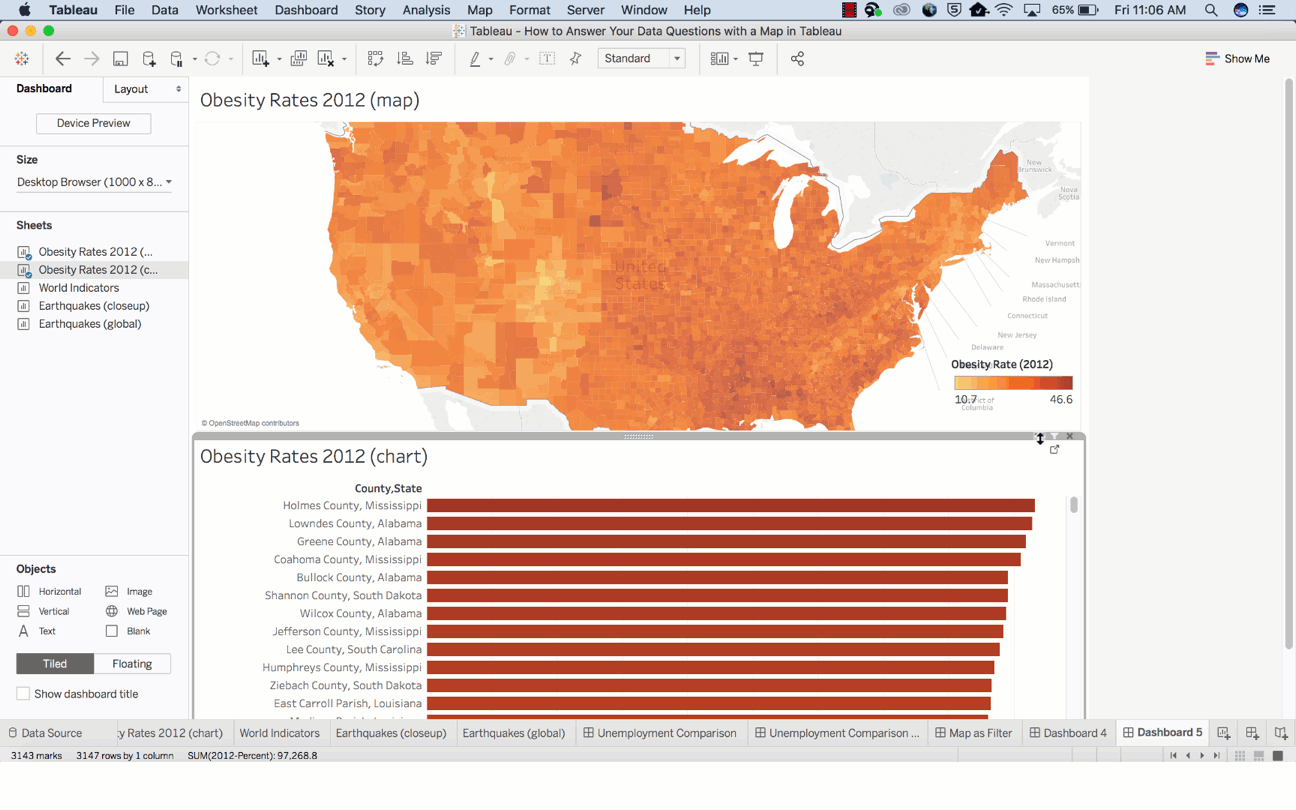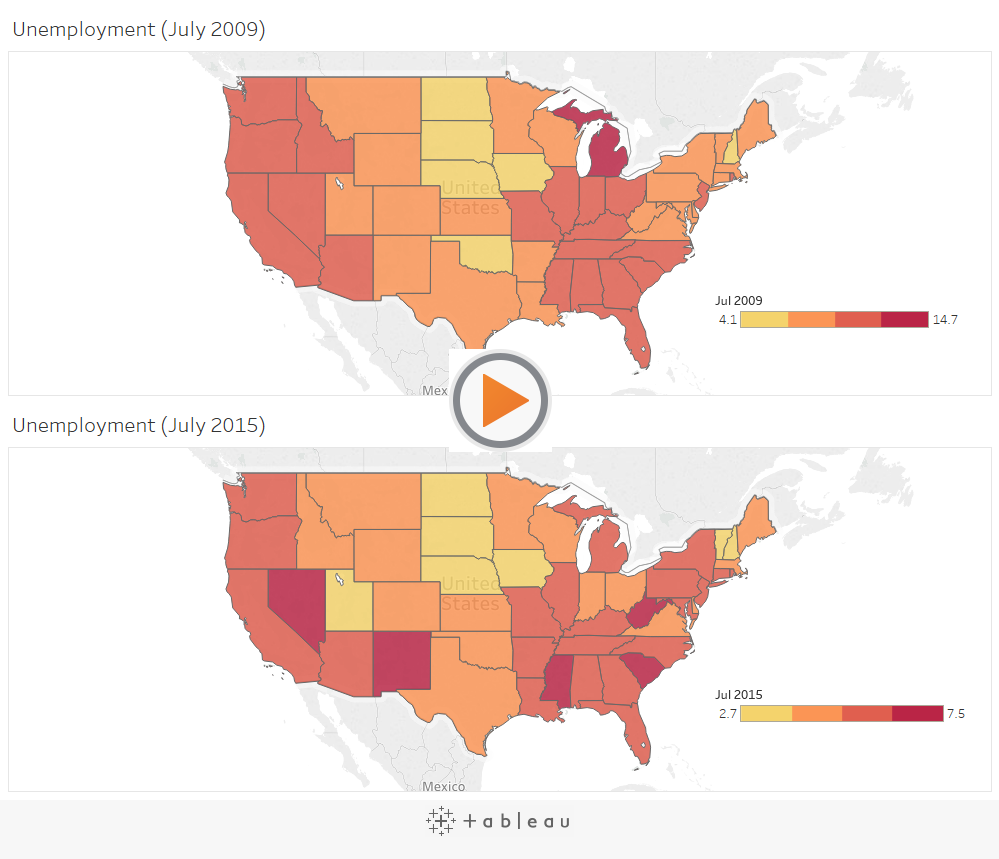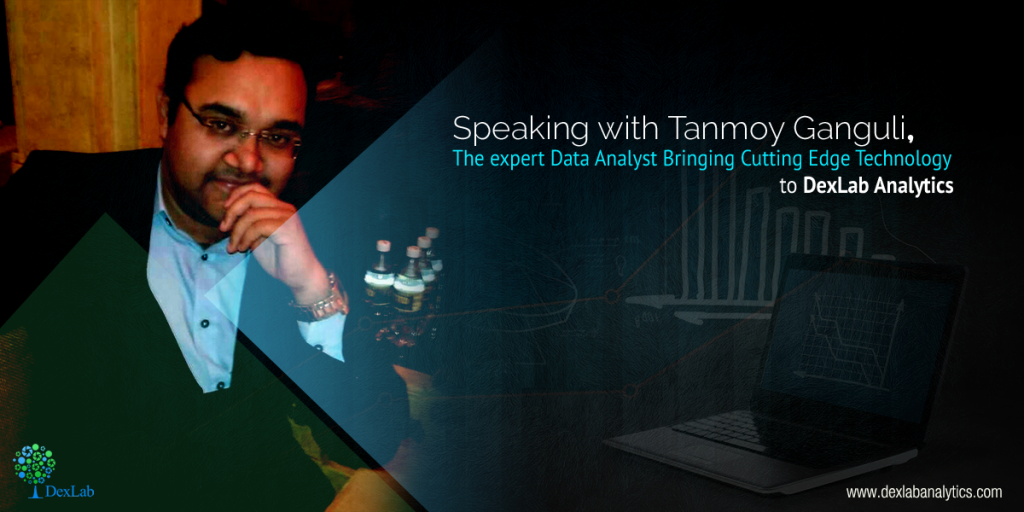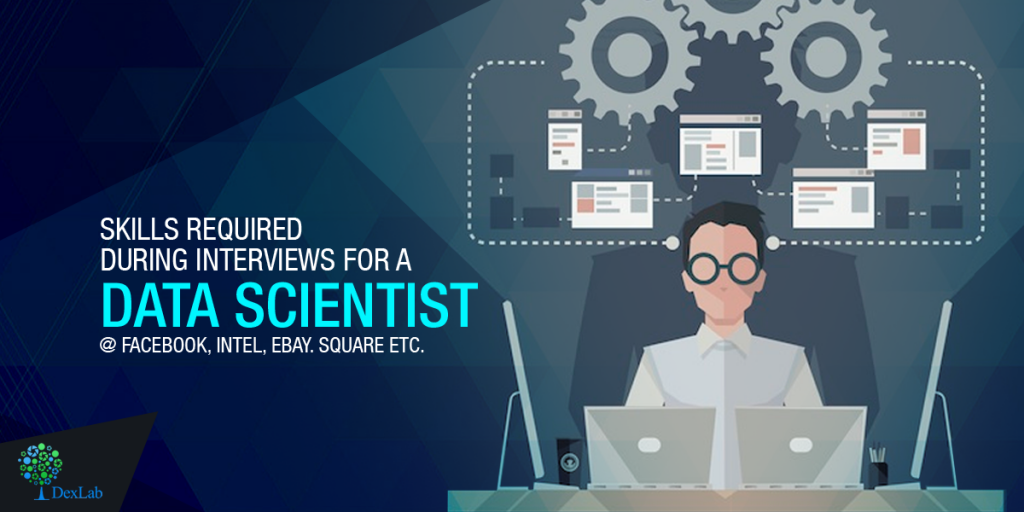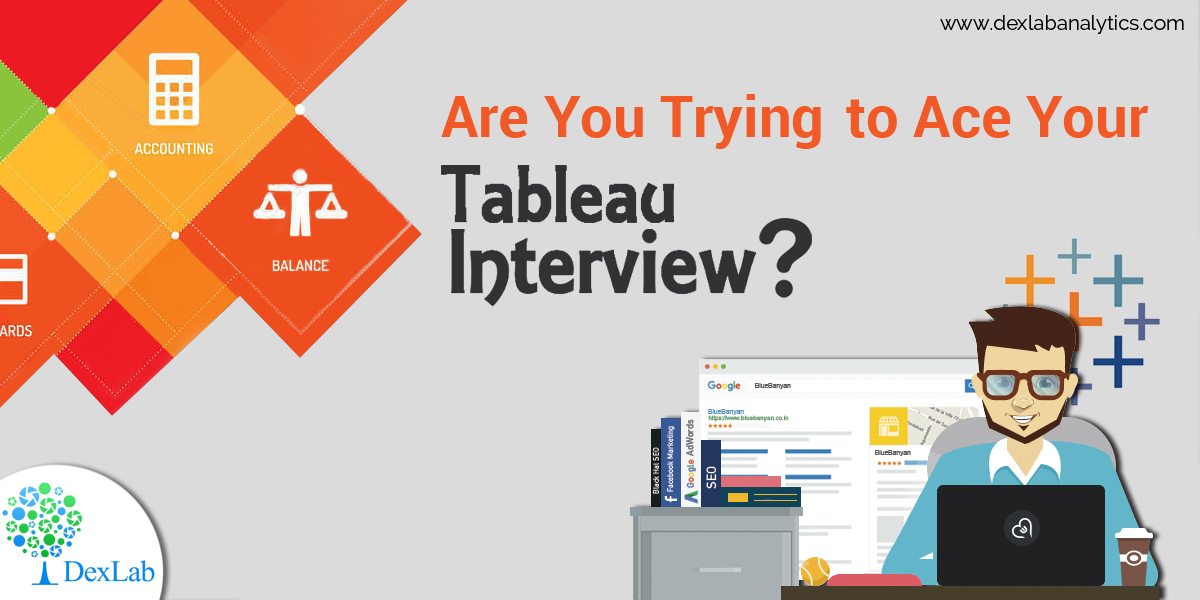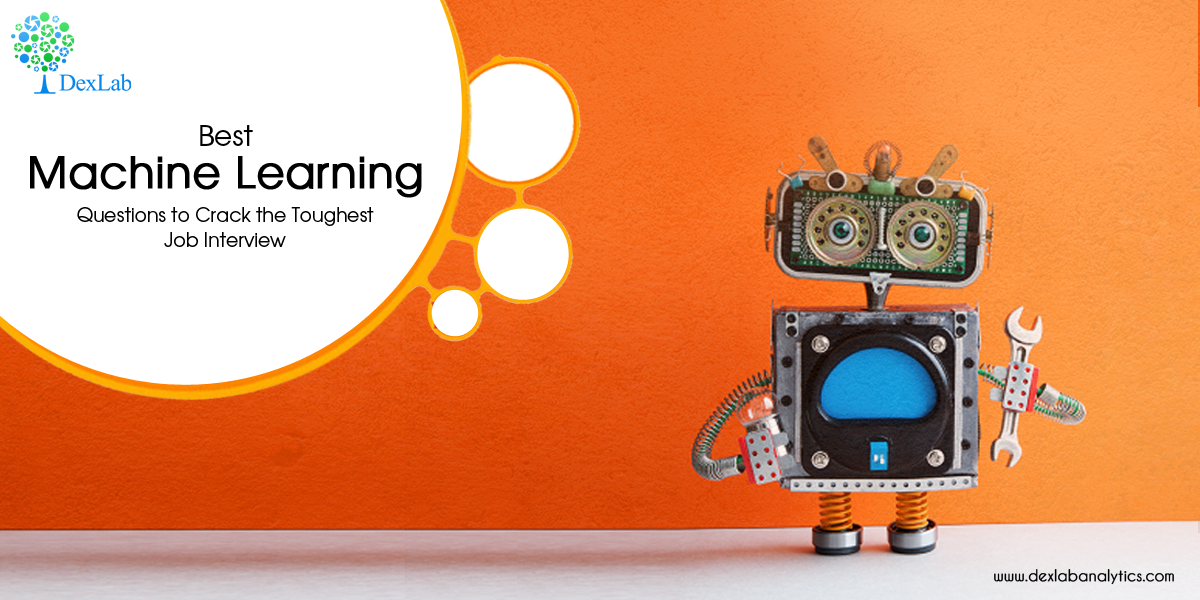
The robust growth of artificial intelligence has ignited a buzz of activities along the scientific community. Why not? AI has no many dimensions – including Machine Learning. Machine Learning is a dynamic field of IT– where, one gets access to data and learn from that data, resulting into massive breakthroughs in the field of marketing, fraud detection, healthcare, data security, etc.
Day by day, companies are recognizing the potentials of Machine Learning. This is why investment in this notable field is spiking up as much as the demand for skilled professionals. Machine Learning jobs are found topping the list of emerging jobs displayed on LinkedIn – the median salary of a ML professional is $106,225, which pretty much suffices for a well-paying career option.
Importantly, we’ve picked out 5 best interview questions about Machine Learning that’ll optimize your chances of getting hired. Known to all, though ML skill is in high demand, grabbing a job in this booming field of technology is no mean feat. Employers seek particular knowledge and expertise in this field to get you hired. Our 5 best interview questions will help you expand your knowledge base on ML and hone your skills ahead of time.
You can also check out our Machine Learning training course – it comprises of industry-standard course material, real life use cases and encompassing curriculum.
What is Machine Learning?
While you define the exact meaning of the term, make sure you convey your good grip over the nuanced concepts of machine learning, and its real life applications. Put simply, you must show the interviewers how well versed you are in AI and machine learning skills.
What is the difference between deductive and inductive Machine Learning?
Deductive ML begins with a conclusion, and then proceeds towards making deductions about that conclusion. Inductive ML starts from examples and ends with drawing conclusions.
How to choose an algorithm for a particular classification problem?
The answer here is subject to the degree of accuracy and the size of the training set. For a tiny training set, low variance/high bias classifier will work, and vice versa.
Name some methods of reducing dimensionality
Integrate features with feature engineering, eliminating collinear features, or use algorithmic dimensionality reduction – these procedures can definitely reduce dimensionality.
What makes classification and regression differ?
For definite answers, classification is far better a tool. It predicts class or group membership. On the other hand, regression entails prediction of a response.
What does a Kernel SVM mean?
Kernel SVM is the short form of Kernel Support Vector Machine. Kernel methods are basically a specific class of algorithms used for patter analysis and amongst them the most popular one is the Kernel SVM.
What do you mean by a recommendation system?
Recommendation system is a common feature for those who have worked on Spotify or shopped at Amazon. It’s an information filtering system that forecasts what a user wants to hear or see, structured on the choice patterns given by the user.
No second thoughts, these interview questions will set you on the right track to crack an interview – but, if you want to gain a deeper understanding on Machine Learning or AI, obtain Machine Learning training Gurgaon from the experts at DexLab Analytics.
The blog has been sourced from —
https://www.simplilearn.com/machine-learning-interview-questions-and-answers-article
.

